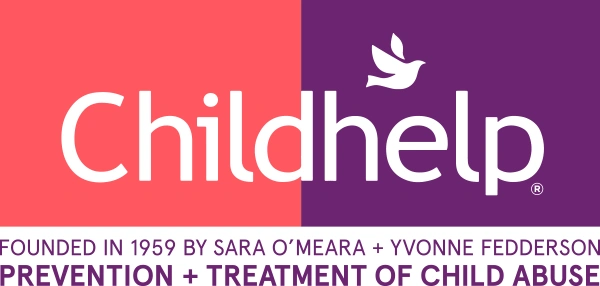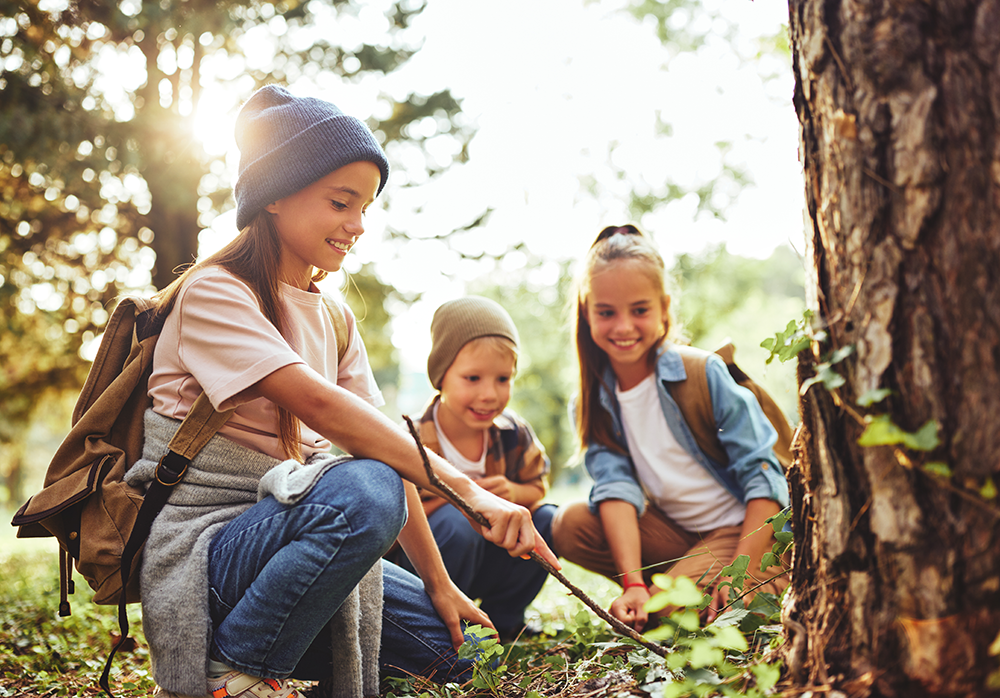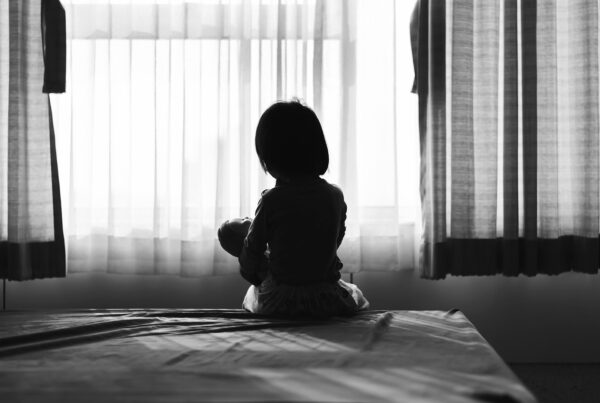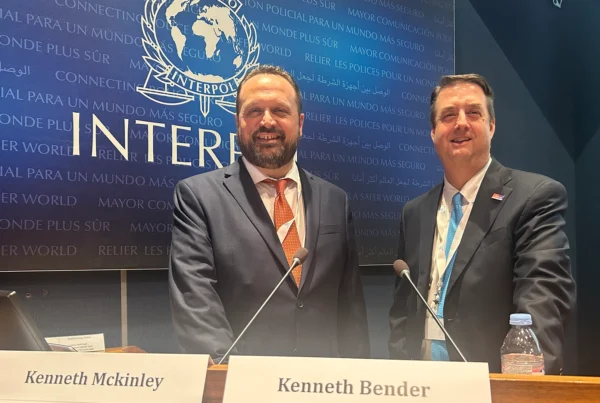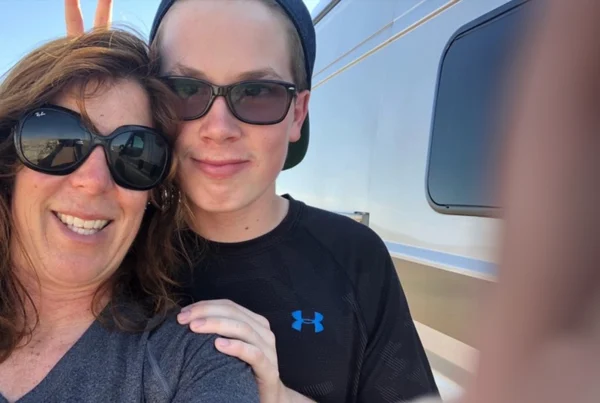The child welfare system focuses primarily on the safety and well-being of children under the care of parents and guardians. However, as children and families prepare for a new school year and wrap up summer camps and activities, it’s a perfect time to talk to children about staying safe with peers and about recognizing and preventing peer-on-peer child abuse.
The immediate and long-term impact of peer abuse overlaps with many of the impacts of abuse perpetrated by adults. Adults have an important role to prevent abuse among children and help children know they can reach out for help to stop abuse and find support.
Bullying prevention
When educators and public health experts talk about peer abuse, they usually focus on bullying.
Bullying is when unwanted aggressive behavior happens where there is an imbalance of power between peers, usually repetitively, over a period of time. Bullying includes a range of intentionally harmful acts, from name-calling and threats to social alienation to physical harm, and can look like inappropriate racial or sexual comments, destruction of property, coercion, violence, or humiliation.
This type of behavior can happen virtually anywhere, and it can happen virtually too — over social media and texting — cyberbullying. Cyberbullying can remain online for a long time, evading intervention by caring adults.
Children who engage in bullying behaviors are often victims of abuse or bullying as well. Children who are bullied and children who bully both need help from adults in their lives to prevent additional trauma. Likewise, children who aren’t involved in bullying still benefit from understanding the importance of standing up for others and reaching out to help those who need it.
Bullying centers on abuse of power and flourishes where imbalances of power go unaddressed. While any child can be a victim of bullying, and any child can engage in bullying behaviors, imbalance of power around gender and sex, physical and mental ability, and racial and religious identity all demand to be acknowledged as adults strive to keep every child safe.
The U.S. Department of Health and Human Services suggests that parents, school personnel, and other adults can prevent bullying by helping children understand what it is and that it’s not right. Open lines of communication help adults get to know more about the child, their social environment, and issues as they emerge. Along with this, adults who actively encourage children’s interests, hobbies, and activities help the child build self-esteem and nurture friendships in safe, healthy ways.
Finally, as with all child abuse prevention strategies, by stepping forward as an example of kindness and respect an adult can help children witness behaviors and attitudes that shape safe and healthy interpersonal relationships, no matter their age.
Sexual abuse by children and teens
Sexual activity between children is fraught with challenges and concerns for the participants and the adults in their lives.
It’s normal for children to engage in play that involves exploring their own bodies and the bodies of others. Likewise, as teens come to understand their own sexuality and romantic inclinations, dating usually becomes a bigger priority, and sexuality begins to be a bigger part of a teen’s private life and social outlook.
As long as these activities are free from coercion and power imbalances, appropriate interventions by adults center around:
- educating young people about respecting their bodies and the bodies of others;
- empowering children to define their own boundaries safely and to identify abusive behavior when it happens;
- encouraging positive reproductive health attitudes and practices;
- defining social and/or religious expectations around sex; and
- modeling healthy, respectful relationships.
Sexual behavior outside of normal sexual exploration, however, can be incredibly traumatic and harmful to children and young people. This type of behavior is marked by coercion, a lack of consent, a power imbalance (age, knowledge, social status, mental/physical capacity), and secrecy.
Adults who encounter suspected peer sexual abuse may be tempted to dismiss it for any number of reasons. But even when a child who acts out sexually doesn’t involve another child, inappropriate sexual knowledge and behavior usually demands some kind of intervention, especially for a child survivor of sexual abuse. The absolute worst thing for an adult to do when there might be sexual abuse of a child is ‘nothing.’
Intimate partner abuse
When one partner in an intimate relationship inappropriately exercises power over the other, it creates an exceptionally hazardous environment for the victim. This can come in the form of physical violence or threats, emotional abuse, and sexual abuse, but it often includes several different kinds of abuse together.
Intimate partner abuse is not just an “adult issue.” Young people who are exploring romantic relationships have little experience seeing abusive patterns and handling them appropriately. Child survivors of abuse and children who have lived in the shadow of domestic violence experience models of intimate relationships where control and power take the place of love and understanding. This sets the stage for survivors to fill the roles of victim, perpetrator — or both — in their own relationships too.
Technology risks intimate partner abuse going online and over the phone too. While ‘sexting’ and exchanging sexual photos may find a way into otherwise healthy relationships between teens, coercing a partner into sharing exchanges like this can be as harmful as other sexual coercion, and sharing these exchanges with an unintended recipient can have harmful impacts as well. Furthermore, laws around creating and sharing sexual imagery of minors present severe legal risks.
While intimate partner abuse is often perpetrated by men, it’s important to understand that anyone can be a victim and anyone can be a perpetrator of abuse. Early intervention helps limit harm and can give young victims (and young perpetrators) tools to shape relationships that reflect a healthier outlook on love.
Peer-on-Peer abuse in context
Peer-on-peer abuse can happen anywhere children are together, and cyberabuse can happen anytime a child has access to a web-enabled device. An important part of safeguarding youth from abuse is recognizing the contexts in which abuse occurs and understanding the unique opportunities to strengthen protections in each one.
At home
About 4 in 5 children live with a sibling at home. Sibling relationships present excellent opportunities for children to learn and grow with a consistent peer presence in their life. Siblings can act as best friends, confidantes, and co-conspirators in the joys of childhood. Unfortunately, aggression between siblings is strikingly common too. Families can be complicated, and dealing with abuse perpetrated by a child in the household can complicate a household dynamic even further.
The biggest hazard for children experiencing peer-on-peer abuse at home is parents or other adults in their lives not responding at all, or dismissing it as “horseplay” or “playing doctor” or ignoring abusive dynamics altogether. The Childhelp National Child Abuse Hotline is a great resource for parents looking for guidance in responding to abuse by one sibling against another.
It’s not always easy, but no one has to handle it alone.
Sports and clubs
Sports teams and clubs are great to help young athletes explore their potential while also nurturing life habits for teamwork, health, and resilience. Unfortunately, youth athletics is also a context where peer-on-peer abuse can undermine the benefits of the activity. The physicality of athletics lends itself to physical contact, while competition shapes hierarchies in which abusive dynamics can fester. Locker rooms and extensive travel introduce opportunities for insufficient supervision while demanding training can reinforce a potentially harmful “no pain, no gain” outlook for young athletes.
The Childhelp Courage First Athlete Helpline suggests ways to reinforce appropriate boundaries while embracing team cohesiveness and gearing children for success. Specially trained counselors are ready to help athletes who experience any kind of abuse, including peer-on-peer abuse. They can also help coaches and concerned adults who want to keep their athletes safe.
The arts
Creative and performing arts are often a refuge for children who struggle in other areas. They offer unique opportunities for expression and, like sports, offer opportunities to nurture teamwork and strive for individual excellence as well. Also like sports, travel and inconsistent supervision can open the door for increased risk of peer-on-peer abuse.
Nevertheless, the arts remain a great outlet for survivors to create new works and embody new roles as they heal, and great opportunities for adults to listen and help young people who are struggling with peer abuse.
The church
Youth in faith communities see similar risks as those elsewhere. Any organization that has children gathering together should have policies in place that reflect values of compassion, and that ensure adults are equipped to keep the children safe from harm, including harm from other children. Grouping children by age when possible, and even gender, can mitigate power imbalances, but there is no substitute for adequate adult supervision and appropriate training for those who work with youth.
In all of these contexts, children can grow as individuals as they explore their role among peers. Adults are responsible for keeping children safe by acting when they suspect there is a problem in any of these contexts and encouraging young people to reach out to an adult to interrupt abusive behaviors and respond to potential trauma.
